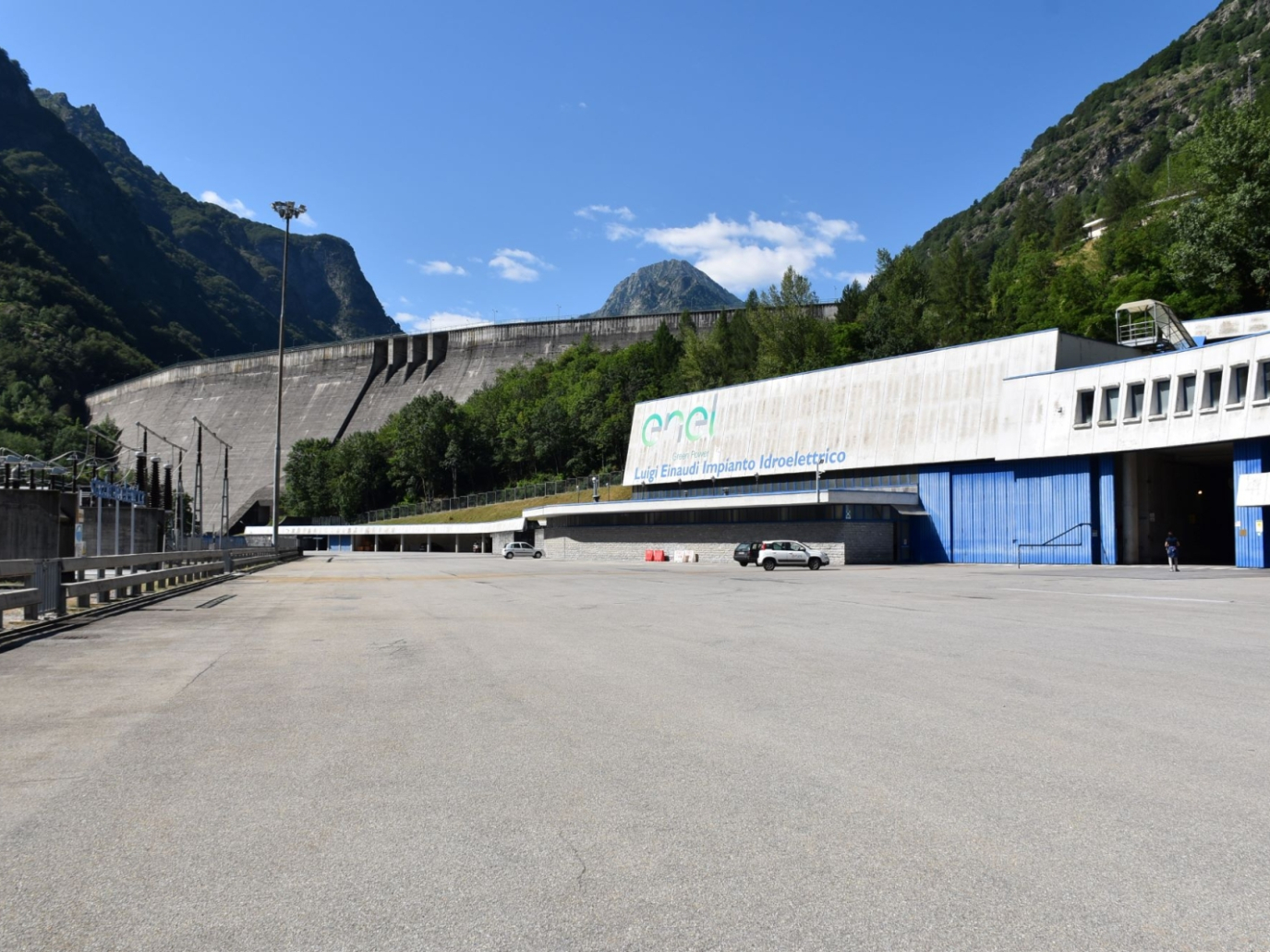According to International Energy Agency (IEA) forecasts in the Hydropower Special Market Report, global hydropower capacity is projected to increase by 17% between 2021 and 2030. A number equal to 230 GW, but still 23% lower than the previous decade. A mere fraction when compared to the IEA's own estimates for photovoltaics and wind, which account for 95% of the 7,300 GW of new renewable capacity expected from 2023-2028. In other words, hydropower is the most developed renewable technology, benefiting from more than a century of progress, but no less strategic in the decarbonisation process of the energy sector.
Integrating larger shares of non-programmable renewable sources, such as sun and wind, requires flexibility and stability from the grid, as well as storage systems to accumulate excess energy. One service that can be provided by pumped-storage hydroelectric power plants, infrastructures that by their nature are typically built in the mountains. Much like giant batteries, these plants store energy by pumping water from a lower reservoir to an upper reservoir and releasing it through turbines when needed. This is a key technology that will account for 30% of net hydropower gains by 2030, compared to “classic” reservoir (50%) and run-of-river (20%) hydropower.
Last March, Renewable Matter visited Italy's largest pumped-storage plant and one of the most powerful in Europe: the Entracque power plant in the Alps.
Entracque, Italy's largest pumped-storage hydroelectric power plant
Leaving the city of Cuneo and the Po Valley behind, the glacial basin of the Gesso Valley is revealed in all its tranquility beneath the snowflakes. At 850 metres above sea level, the village of Entracque lies at its heart, standing at the confluence of three streams, overlooked by the power plant by the same name. Surrounding it are the Maritime Alps, which rise above 3,000 metres at that point. Dedicated to former Italian President Luigi Einaudi, the Entracque plant includes two reservoirs: the Chiotas reservoir, at nearly 2,000 metres above sea level, and the Piastra dam, 1,000 metres below. The two reservoirs, 130 and 30 metres high respectively, hold a total of 42 million cubic metres of water.
Entracque is a pure pumped-storage power plant, where the turbine is associated with a pump that transfers the same water from one dam to another, in a potentially closed cycle. There are 9 generating units, with a total operating capacity of 1,200 MW, which annually meets the energy needs of 160,000 households, saving the atmosphere nearly 200,000 tons of carbon dioxide per year.
“The eight generating units of the Chiotas diversion, the upper reservoir, consist of two machines: an electric machine and a hydraulic one, both reversible. By simply reversing the sense of rotation, they can operate either as a turbine and electric generator or as an electric motor and pump,” Andrea Poggi, Head of the Northwest Area of Enel Green Power Italia, the current operator of the Entracque power plant, explained during the visit.
The ninth unit, however, employs a different technology. A separate one, it is located at the end of the pressure pipe that connects Lake Rovina, a natural reservoir positioned along the course of the Gesso stream, between the Chiotas and Piastra dams further downstream. “Unlike the other groups, the one in Rovina does not consist of a classic multistage Francis turbine, but rather of two hydraulic machines. This makes it possible to give the grid additional services to pumping and storage, which simple reversible pump turbines cannot offer,” Poggi continues. “During generation, the Rovina layout operates like a normal hydroelectric group, providing primary and secondary frequency regulation services. The Group is also able to ‘turn the grid back on’. That is, in the event of a blackout, it is capable of restoring voltage, allowing the system to restart. These are functions that result from having a distributor on the turbine that regulates the flow of water into the machine. Of all the renewable technologies, reservoir hydro is, after all, the only type that can regulate the input of power to the grid and thus offers all those services that otherwise a photovoltaic, wind, or even run-of-river hydro plant cannot provide.”
The potential of hydropower storage systems, a legacy of the nuclear age
However, the need to store surplus energy using pumped-storage systems is not recent. The Entracque power plant itself was launched in 1982, back in the day when technologies such as solar and wind power were not commonly heard of. “There are three other plants of this kind in Italy, identical, built at the same time, during the peak years of the nuclear energy boom. The concept was based on storing the energy produced by the reactors in upstream reservoirs at night, and then releasing the water during the day to cover peak consumption,” Poggi recounts.
After the decommissioning of nuclear power plants, since the 1990s hydropower pumping in Italy has thus changed its original purpose, without losing its usefulness. “There are plants of this type even in the Apennines, in Sicily and Sardinia, precisely because they are facilities that provide indispensable services to the grid.”
The increased use of renewables characterised by intermittency, such as solar and wind, is now driving back the demand for excess energy storage systems. In this regard, as mentioned by the IEA, due to their low operating costs and large storage capacity, today's reservoir hydropower plants are the most economical solution on the market. Recently, the IEA calculated for the first time the potential that water stored in global reservoirs represents. The reservoirs of all conventional reservoir power plants can stock up to 1,500 terawatt hours (TWh) of electricity in a full cycle, equivalent to nearly half of the European Union's annual electricity needs. This is about 170 times more energy reserve than is currently held by pumped-storage power plants globally and almost 2,200 times more than the total capacity of batteries, including those for electric vehicles.
The return of gravity
Global pumped-storage capacity resulting from new projects is expected to increase by 7%, reaching 9 TWh by 2030. Globally, in addition to new pumped-storage projects, another 3.3 TWh of storage capacity is expected to result from adding pumping capacity to existing reservoir facilities. Therefore, not just by building new upstream reservoirs, as was done for example for the Chiotas Dam itself.
In the United States alone, according to the US Department of Energy's Hydropower Vision study, the country's hydropower capacity could in fact increase from 101 GW to nearly 150 GW by 2050. This growth would stem from a combination of 13 GW of new hydropower capacity (through upgrading existing plants, adding generation to existing dams and canals, and limited development of new waterways) and 36 GW of new pumped-storage capacity. Water and gravity appear to be ready for a renaissance.
This article is also available in Italian / Questo articolo è disponibile anche in italiano
Images: Enel
This content is produced thanks to the support of sponsors



